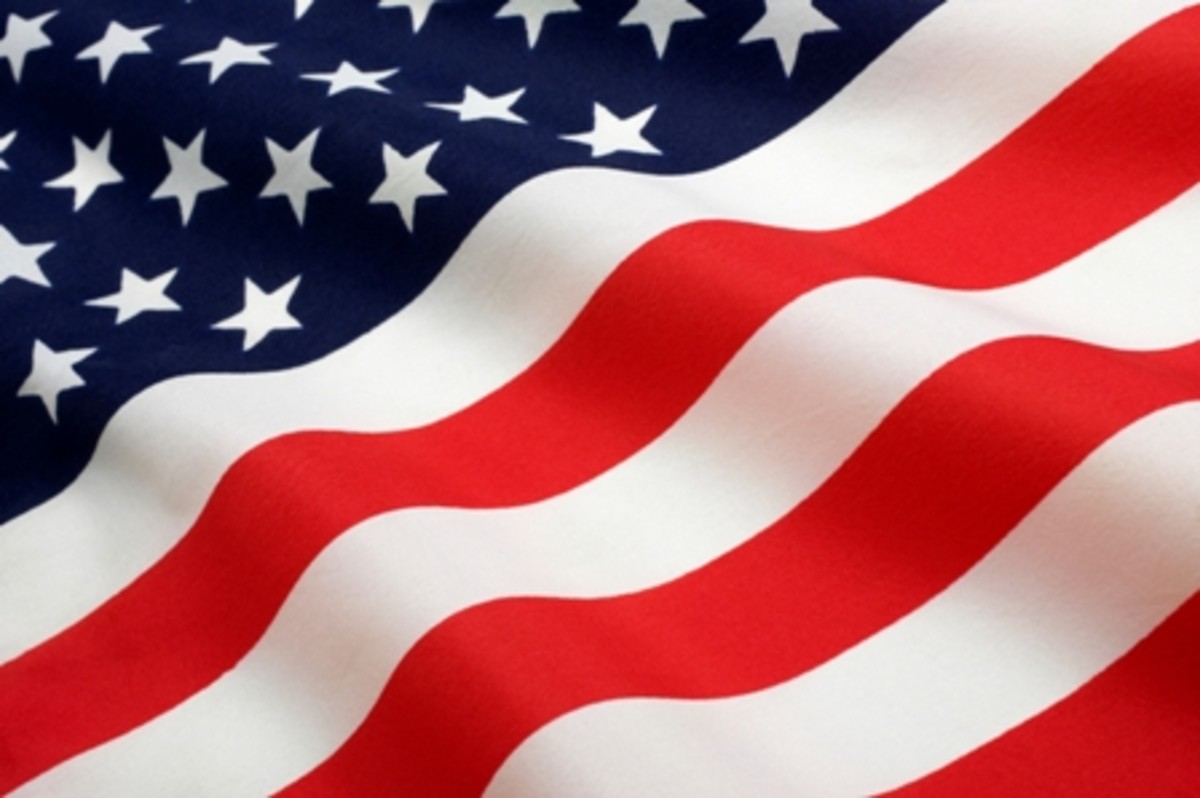We Must Save America's Wetlands

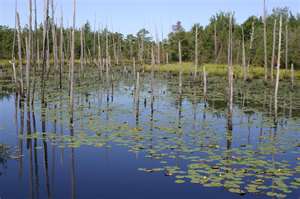

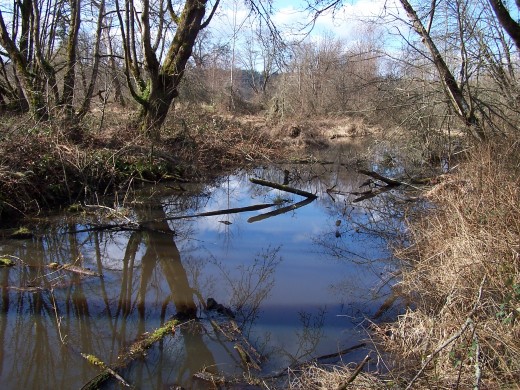
May is officially designated as American Wetland Month, bringing awareness and appreciation for the wetlands not only in the United States but also the world. For twenty years now the United States has officially recognized this month in an attempt to halt the alarming loss of wetlands across the country.
Before we discuss the losses and the actions being taken to reverse those losses let us look at the definition of a wetland.
WHAT IS A WETLAND?
A wetland is defined as a land area that is saturated with water either permanently or seasonally but in such a manner that it becomes its own ecosystem complete with flora and fauna distinctive to that ecosystem. The important characteristic of a wetland is its soil structure which is hydric in nature.
Wetlands are composed of either saltwater, freshwater or brackish water and they are found on every continent except Antartica. They will sometimes be called swamps, marshes, bogs and other such designations.
WHY ARE THEY IMPORTANT?
The role that wetlands play in the environment is an important one. Not only do they provide a home for a variety of plants and animals but they also serve the following purposes:
· Water purification
· Flood control
· Shoreline stability
· Water cycle sustainability
· Storm protection
"You can't make positive choices for the rest of your life without an environment that makes those choices easy, natural, and enjoyable."
Deepak Chopra
SO WHAT’S THE PROBLEM?
Well, prior to 1998 the losses were enormous. When the United States was first being settled it is approximated that there were 221 million acres of wetlands in this nation. Today there are only 100 million acres remaining.
From 1950-1970 this country was losing 500,000 acres of wetlands per year. Public awareness and action brought those losses down from 1986-1997 to 60,000 acres per year and for the period of 1998-2004 gains in wetlands actually exceeded losses for the first time in our country’s history. Unfortunately there is still a great amount of work still to be done. During that same span of 1998-2004 the Eastern United States still lost 59,000 acres of wetlands per year so the battle has clearly not been won.
WHERE HAVE THEY GONE?
Easily the number one culprit in this drama is urban development, accounting for 60% of the losses each year. As populations increase the need for more land increases and that need means less and less wetlands. It is an on-going battle that rages on as land developers dredge and fill once luscious ecosystems so that more homes can be built, more shopping malls erected and more industrial parks located in the continual march of urbanization.
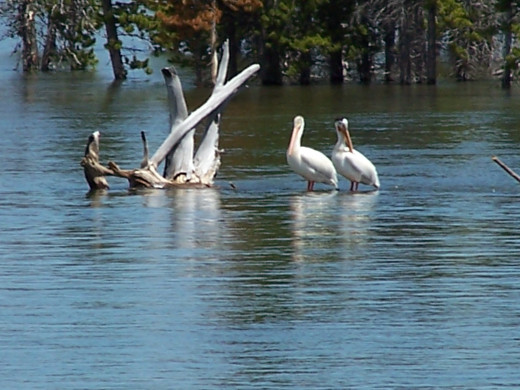
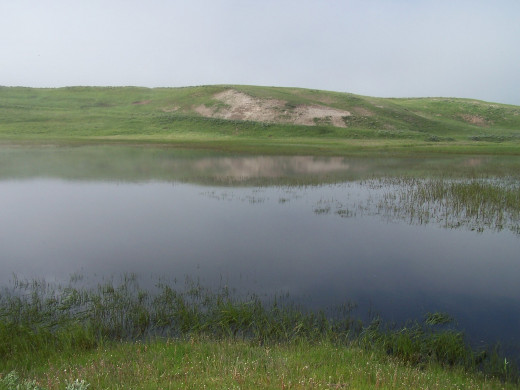
So What’s the Big Deal?
"It is horrifying that we have to fight our own government to save the environment."
Ansel Adams
Mankind is as dependent on the environment as any other species on this planet. Take away an ecosystem and that fact of dependence will become painfully clear. Wetlands provide oxygen for the environment. Wetlands provide a continual source of water for the groundwater that eventual flows through our faucets. Wetlands provide a home for millions of other species, each one a part of an intricate balance of plant and animal life. Wetlands provide protection from flooding and wetlands affect our climate.
Take away a piece of the puzzle and the puzzle becomes incomplete; eliminate one of the building blocks of life and life has no other option than to adjust and that adjustment could very easily be catastrophic.
There are those who say this is not an immediate concern. They will argue that if you do the math it becomes obvious that this is not an immediate concern. Losing 60,000 acres per year leaves this country with wetlands for the next 1,666 years so there really is no need to panic.
The math is accurate but the logic is flawed. When do the effects of loss of habitat begin? At what point do more floods begin? At what point does the groundwater become irreversibly affected? At what point does the atmosphere reach critical mass in its efforts to provide oxygen and at what point does the climate change in ways we cannot envision?
The fact of the matter is that scientists cannot answer those questions because they simply do not know. Certainly developers have no idea and judging from the increasing demand for land one can only surmise that the average citizen is not terribly concerned as well. Instant gratification in the United States has always trumped long-range concerns over the environment.
The Time for Action Is upon Us
So what can be done? Steps are being taken as we speak but it is a slow process, especially since anything done requires government action and funding.
Artificial wetlands have been built in the country for decades, mimicking natural wetlands and in effect providing all of the benefits of natural wetlands. They are without a doubt costly and the governmental studies and final actions take many years but it can be done and done successfully.
The most important action that can be taken is to protect the remaining wetlands so that development will never be allowed in their natural locale. This requires the action and commitment of citizens like you and me. Never underestimate the power of a determined group of activists. From small grassroots groups great things have been accomplished throughout the history of this country.
It is a proven fact that government will not act unless they are forced to do so and the force is applied by those who vote them into office. There are billions spent each year by special interest groups who would be perfectly happy to pave over the remaining wilderness of this nation in the name of progress.
What can a group of activists hope to accomplish against groups who would spend that much money to destroy nature?
We will never know unless we try!
2012 William D. Holland (aka billybuc)


